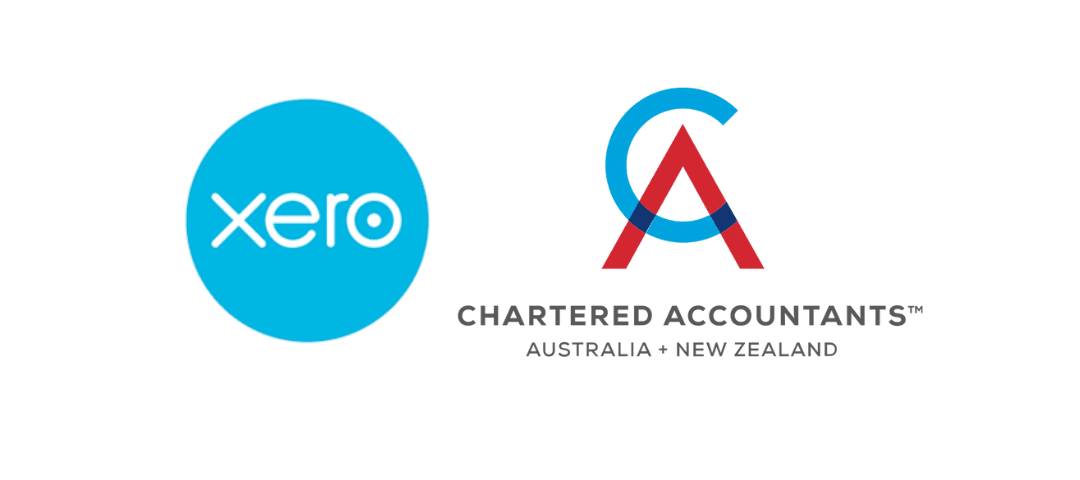So what are the different methods for doing my GST?
Following on our GST theme, this blog will explain the difference between 'GST basis' and outline the advantages and disadvantages of each. In a nutshell, you can pay GST when you receive the cash from your customer, or when you issue an invoice to your customer. Either option can be beneficial to your business.
You have three options if your turnover is under $2 million:
- payments basis
- invoice basis
- hybrid basis
Or two options if your turnover is over $2 million:
- invoice basis
- hybrid basis
What is the difference between methods?
Payments Basis
GST is paid or claimed in the period the business makes or receives the cash.
This provides advantages, especially for smaller business as it is simpler to calculate. You are only paying GST in your GST return to the IRD after you have received the cash from customers, which generally means less strain on your bank account.
The downside is that GST can only be claimed on business expenses after they have been paid for, so if you have some big payments for stock or assets purchased (for example a business vehicle), there can be a delay in getting the GST back. Around 78% of businesses choose the payments basis for their GST accounting basis. Xero Cashbooks are a great option to help you manage this.
Invoice Basis
GST is included in your GST return at the earlier time of the invoice being received or payment made. This applies to both money in and money out.
You must however hold a valid tax invoice to claim GST on payments made.
If an invoice is issued or received during a GST period then:
- you pay IRD the amount of GST shown on the invoices you've given to your customers (regardless of whether you've received a payment or not), or
- you pay IRD the GST included in a payment you've received (for sales where you haven't yet raised an invoice), and
- you claim for the amount of GST shown on tax invoices you've received from your suppliers (regardless of whether you've paid your supplier).
The key advantage is the ability to claim GST on purchases and expenses before making payment to the supplier, particularly if you are a start-up or in a growth phase and have more expenses than income. The downside is you are paying GST to the IRD on sales before receiving the payments from your customers. The accounting system required for this basis will be more complex and time consuming, however Xero Business package is a great option to help you manage this.
Hybrid Basis
This is a mixture of the two methods, which is rarely used and generally disadvantages your cashflow. It may be appropriate in some specific circumstances. With this method:
- GST is claimed on your "money out" using the payments basis.
- GST is paid on sales and "money in" using the invoice basis.
And what is a "taxable period?"
A taxable period is how often a GST return is filed with the IRD. This can be:
- monthly
- two-monthly
- six-monthly (a threshold of under $500k turnover applies)
This material has been prepared for informational purposes only, and is not intended to provide, and should not be relied on for, tax, legal or accounting advice. You should consult your own tax, legal and accounting advisors before engaging in any transaction.





